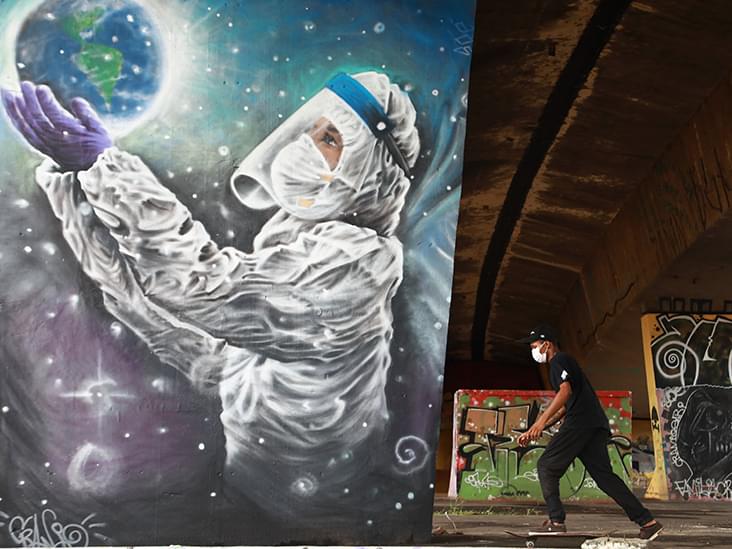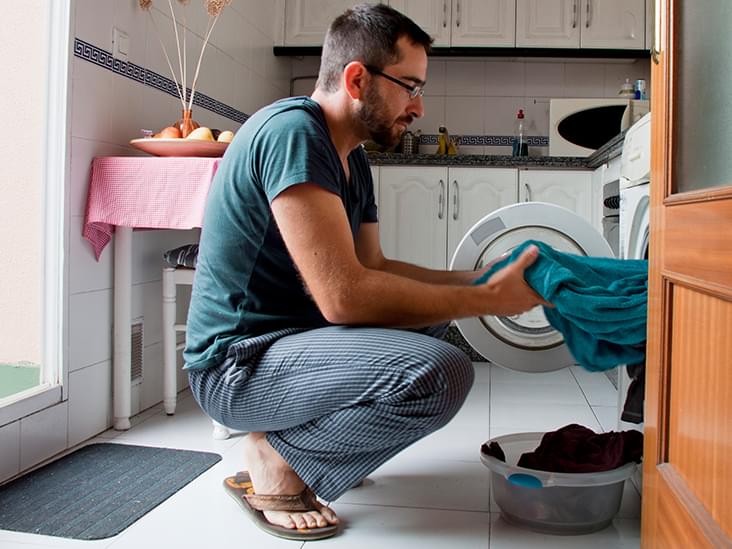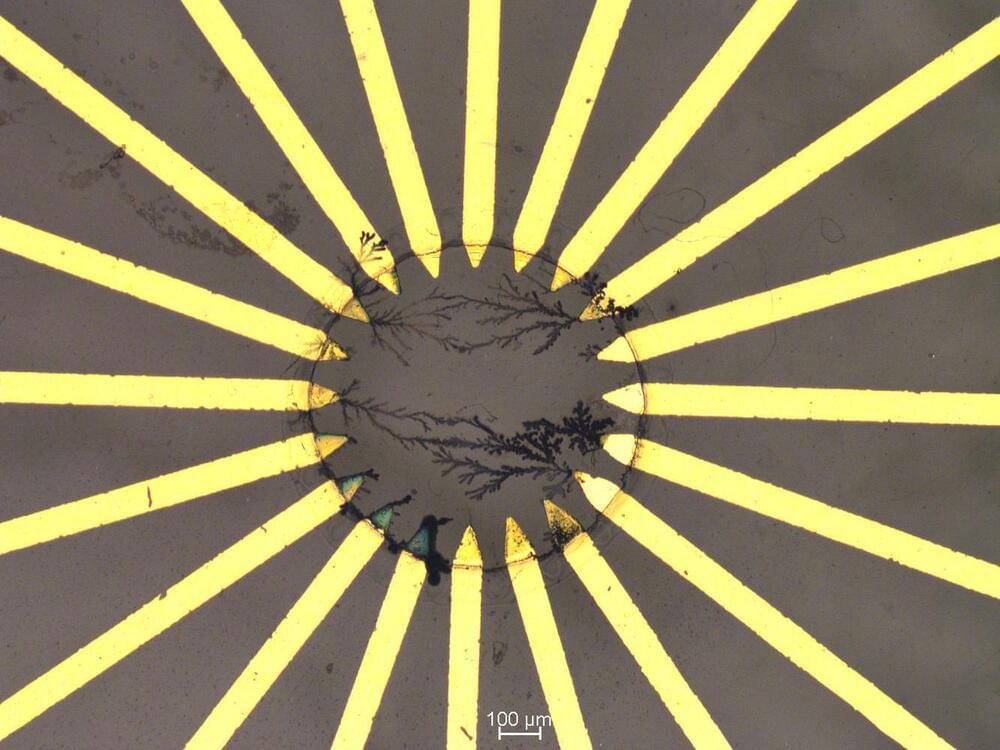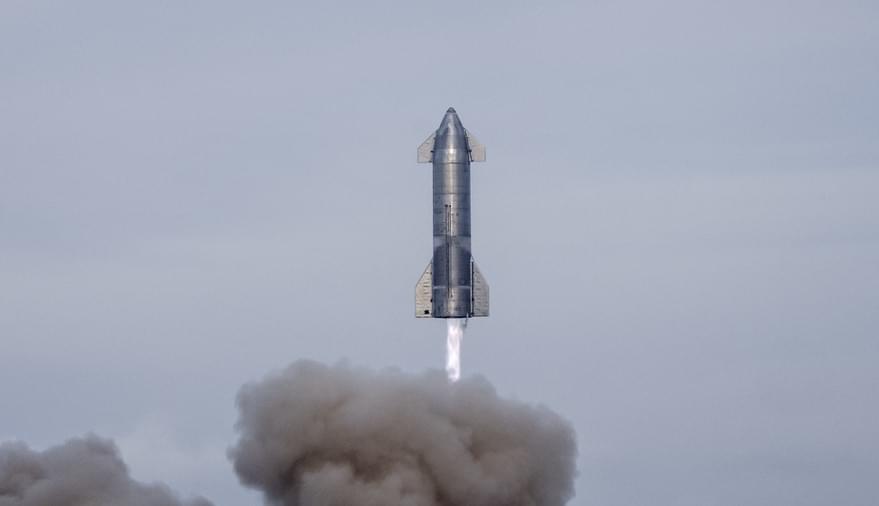“You can run away from it.”
Tesla is working on autonomous humanoid robots to render labor unnecessary, according to Elon Musk. This was announced during the inaugural Tesla A.I. day.
“You can run away from it.”
Tesla is working on autonomous humanoid robots to render labor unnecessary, according to Elon Musk. This was announced during the inaugural Tesla A.I. day.

As the disease swept the globe and scientists deployed tools such as polymerase chain reaction tests to detect the novel coronavirus in people, a team of researchers at the University of Pennsylvania’s School of Veterinary Medicine worked to determine if dogs could also be trained to find infections.
The proof-of-concept study, published in April in the journal PLOS ONE, showed that the virus has an odor that trained dogs can identify in urine and saliva. Now, the researchers—with the help of Tuuka, Griz, Toby, Rico, and Roxie—are examining whether canines can sniff out coronavirus’ scent in sweaty T-shirts.
If the dogs can accurately detect it on clothing, they could patrol places such as airports and stadiums to sniff out the virus in public settings.


SARS-CoV-2, the new coronavirus that causes COVID-19, is sensitive to high temperatures.
Research shows it can be quickly killed at 70°C (158°F). It’s possible that slightly lower temperatures may also be effective, but these require a longer exposure time.
Aside from laundry, there aren’t many temperature-related ways to safely and effectively kill the new coronavirus in your home. Additionally, some temperature-related methods can actually be harmful.

She has also published two children’s books for geeky kids, “The Internet of Mysterious Things” and “A Robot Story.”
VentureBeat: First off, how would you define digital twins, and why is it essential to think about as a thing as distinct from other tools for organizing data like APIs, data fabrics, data warehouses, and enterprise software tools?
Lisa Seacat DeLuca: We define digital twins broadly as a digital representation of any physical object. You might picture certain use cases like manufacturing equipment or a generator, but really, anything can be a digital twin if it has a digital counterpart, which opens the door for a number of possibilities of what we can do with them.

Artificial neural networks modeled on real brains can perform cognitive tasks.
A new study shows that artificial intelligence networks based on human brain connectivity can perform cognitive tasks efficiently.
By examining MRI data from a large Open Science repository, researchers reconstructed a brain connectivity pattern, and applied it to an artificial neural network (ANN). An ANN is a computing system consisting of multiple input and output units, much like the biological brain. A team of researchers from The Neuro (Montreal Neurological Institute-Hospital) and the Quebec Artificial Intelligence Institute trained the ANN to perform a cognitive memory task and observed how it worked to complete the assignment.

Artificial intelligence (AI) will fundamentally change medicine and healthcare: Diagnostic patient data, e.g. from ECG, EEG or X-ray images, can be analyzed with the help of machine learning, so that diseases can be detected at a very early stage based on subtle changes. However, implanting AI within the human body is still a major technical challenge. TU Dresden scientists at the Chair of Optoelectronics have now succeeded for the first time in developing a bio-compatible implantable AI platform that classifies in real time healthy and pathological patterns in biological signals such as heartbeats. It detects pathological changes even without medical supervision. The research results have now been published in the journal Science Advances.
In this work, the research team led by Prof. Karl Leo, Dr. Hans Kleemann and Matteo Cucchi demonstrates an approach for real-time classification of healthy and diseased bio-signals based on a biocompatible AI chip. They used polymer-based fiber networks that structurally resemble the human brain and enable the neuromorphic AI principle of reservoir computing. The random arrangement of polymer fibers forms a so-called “recurrent network,” which allows it to process data, analogous to the human brain. The nonlinearity of these networks enables to amplify even the smallest signal changes, which—in the case of the heartbeat, for example—are often difficult for doctors to evaluate. However, the nonlinear transformation using the polymer network makes this possible without any problems.
In trials, the AI was able to differentiate between healthy heartbeats from three common arrhythmias with an 88% accuracy rate. In the process, the polymer network consumed less energy than a pacemaker. The potential applications for implantable AI systems are manifold: For example, they could be used to monitor cardiac arrhythmias or complications after surgery and report them to both doctors and patients via smartphone, allowing for swift medical assistance.
China has now pushed back on conducting the second phase of probe into Covid origin row. WHO had urged China to share raw data from the earliest cases to revive its probe on Covid origin. The lab-leak theory leading to the pandemic has gained much traction in recent months. China has rejected the idea of another investigation, saying that it disregards common sense and defies science.
#ChinaLabLeakTheory #ChinaCovidProbe #WHO #CovidOriginStory.
Crux is your daily dose of the big, viral and relevant news in a few minutes. It’s your ultimate guide to staying informed on the latest in politics, international relations, sports, entertainment and social media.
Follow CRUX on Instagram (@crux.india): https://bit.ly/3qSFx1K
Follow CRUX on Facebook: https://bit.ly/2Lte7iF
#GetCloserToTheNews with latest headlines on politics, sports and entertainment on news18.com https://bit.ly/2Y4QccL
Also watch:
Crux One Take: https://bit.ly/3oNaLWf.
Crux Files: https://bit.ly/3mnbnjW
Crux BTS: https://bit.ly/3oCjbQE

TAMPA, Fla. — SpaceX is proposing to use Starship to rapidly deploy its second-generation Starlink constellation, providing denser rural coverage without needing more than the 30,000 satellites it previously envisioned for the follow-on network.
The proposal is one of two revised configurations that SpaceX filed Aug. 18 with the Federal Communications Commission for Starlink Gen2, updating a plan submitted in 2020.
The other configuration envisages continuing to use Falcon 9 rockets for launching Starlink satellites, and also does not involve a larger constellation or require more spectrum than what SpaceX outlined last year.
D1 deliver 362 TeraFLOPs of power.
At Tesla AI day, the company unveiled their most powerful processor for AI training workloads capable of delivering up to 362 TeraFLOPs at FP16 precision.